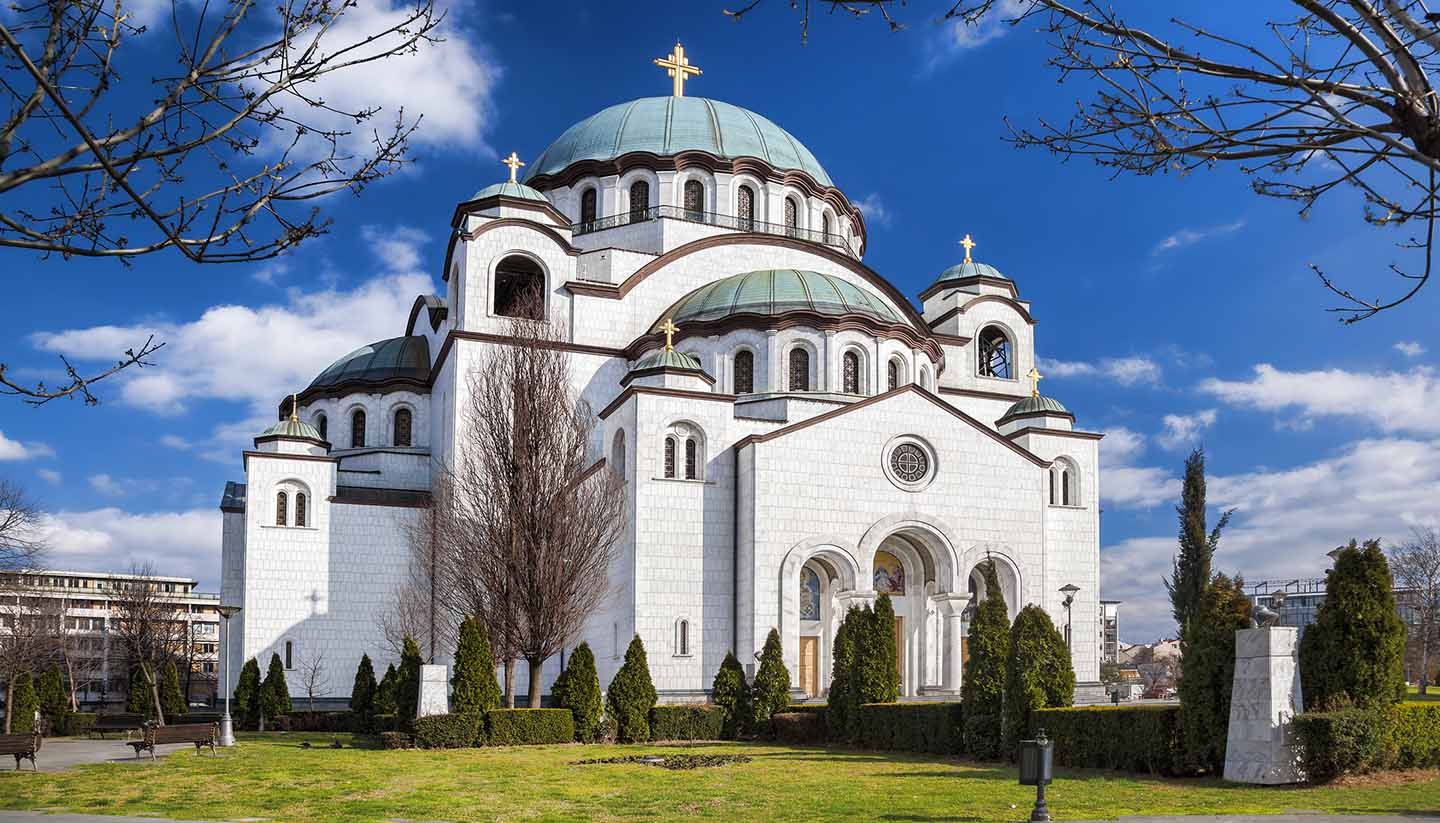Belgrade History
Neolithic cultures thrived in the Belgrade area around 7,000 BC, including the Vinca, who were known for having the largest settlements in prehistoric Europe. The Romans reached Belgrade in the 1st century BC, and by 91 AD, the military camp of Singidunum was well established, home of the legion of Flavius IV.
In the 5th century, the city fell to Huns, Sarmatians, Ostrogoths and others. Slavs settled the area in the 6th century, while Hungarians attacked it in the 10th century and destroyed it in 1127.
After passing between the Byzantine Empire, Bulgaria and Hungary, the Serbian king was given the city by the latter in 1284. In the early 15th century, it became the capital of Serbia under the tyrant Stefan Lazarevic. As the Ottoman threat grew, a mighty castle and walls were built under the Despotate, enabling it to survive the Siege of Belgrade in 1456. While much of Serbia fell to the invaders, the city held out until 1521, when it was finally captured and absorbed by the Ottoman Empire.
There were serious Serb uprisings in the early 19th century, which saw Serbia gain gradual independence. In 1914, WWI started when Austria-Hungary declared war on Serbia, and the city was badly damaged. After the war, it became the capital of the Kingdom of Serbs, Croats and Slovenes.
In 1941, the government signed an agreement with the Axis powers so as to stay out of WWII, but mass protests led to a coup d’etat; Belgrade was heavily bombed and then occupied by the Nazis. The city was bombed again by the Allies in 1944, and liberated later that year by the Red Army and Yugoslav partisans. Tito then declared the Republic of Yugoslavia, and in the post-war years, Belgrade grew rapidly.
The Republic began to disintegrate in 1991, with bloody consequences. In 1999, Belgrade was bombed yet again, as NATO punished the Milosevic regime. He finally left power in 2001, and Serbia attained democracy. Since then, Belgrade has refashioned itself as a hip, modern city.
Did you know?
• Four breweries and more than 200 inns were opened between 1717 and 1739 as Belgrade fell under Austrian rule.
• Before the Roman conquest, a Thraco-Dacian tribe is thought to have occupied the area, followed by a Celtic group.
• Partisan resistance during WWII was fierce and the Nazis were ruthless in putting it down. For every German soldier killed, 100 Serbs and Jews were executed.


